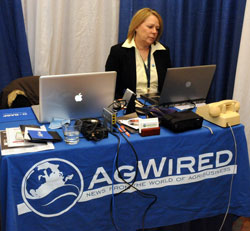“…the creation of content that will be supported by ads is a business model in decay. Abundance isn’t the problem; it’s that the advertisers are now in the content business themselves, and this is a rapidly-growing sector of the advertising world. Advertising is in a full-blown revolution, as company after company discovers they don’t need media the way they used to, because they’ve become media companies themselves.”
Terry Heaton says there is no “content business” anymore and that’s not the business we (his clients) were in anyway.
“We’ve always been in the advertising business, although it sure looked and felt like we were in the content business. Our bottom lines were/are determined by advertising, and that’s the real business we’re in. Media companies need to accept that and move on to finding creative ways to enable commerce in our markets.”
Since posting the excerpts above, I’ve been remembering my days in small-market radio during the ’70s and early ’80s. I was an announcer and program director, but never in sales. We thought of ourselves as “talent.”
It was clearly understood by us that the advertising was the means to the end of creating the information and entertainment (mostly recorded music). We had to pay for all this wonderful stuff we were doing.
What the sales people believed –an management knew– was the news and music and all the rest was merely a way to attract ears for the commercials we sold to advertisers. We were not in the music business or news business… we were in the advertising business.
If you doubt that, go back and listen to this interview with Congressman Paul C. Jones to built the radio station. Or read the recollections of Joe Bankhead, who was one of the stations first salesmen. It was clearly about serving the businesses in the area. They were more than willing to put on any kind of programming that would attact enough listeners to satisfy a sponsor.

